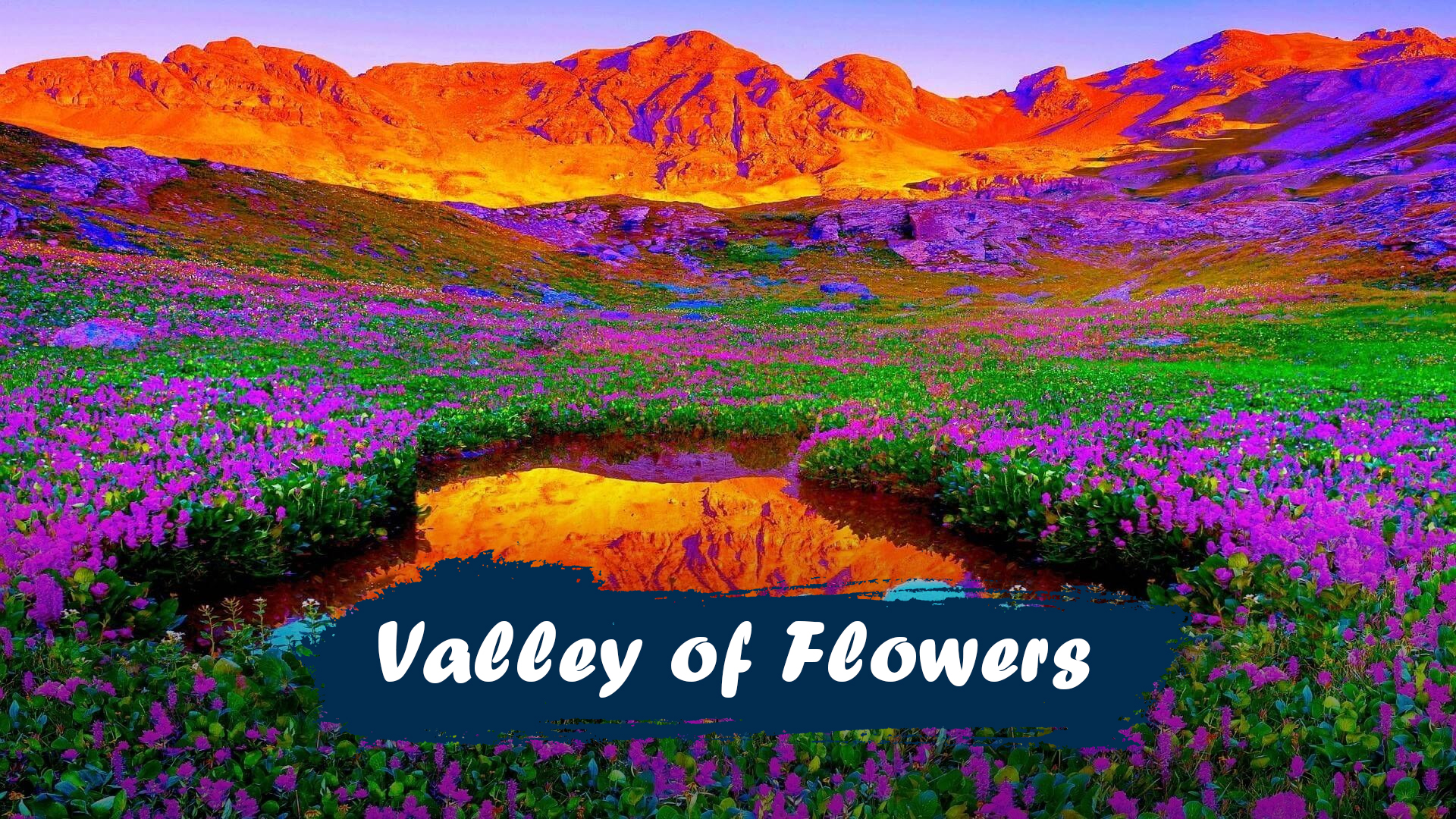The Valley of Flowers is in the West Himalayan region of Uttarakhand. It is an Indian National Park and a UNESCO World Heritage Site, exhibiting several rare and exotic species of flora and fauna. The endemic alpine flowers and diverse fauna snuggled in this valley make this place one of the most beautiful sites on earth.
The valley of flowers keeps changing its colour throughout the year, mainly in the season from May to October. Hundreds of flowers bloom with different colours and shades, as time progresses. The valley is home to many auspicious and mythological flowers, such as Brahma Kamal, the blue poppy, and the cobra lily.
The scientist observed, and their finding suggests that the sooner the snow started melting, the valley witnessed the blooming of flowers in the valley. Flowers such as Potentilla, wild rose, and primula are some of the flowers that bloom at the end of May or early June.
The mystical valley is often visited by botanists, flower lovers, trekkers, bird watchers, nature lovers, wildlife photographers, and adventure lovers. The valley is even popular among international travellers who come to see the Valley of Flowers every year.
There are several activities that tourists enjoy while visiting the Valley of Flowers. For instance, Trekking in the Valley of Flowers follows a path through dense forests, along with the Pushpawati River, and can be reached by crossing many bridges, glaciers, and waterfalls on the way. While trekking, one can even enjoy the hills covered with pine and oak trees and myriad flowers.
One can explore the Sikh pilgrimage site of Hemkund Sahib, where thousands of followers take part in religious activity, especially during winters when the snow covers the entire region.
Even village lifestyles can also be experienced in Ghangharia, a beautiful village in the Valley of Flowers, where their customs, beliefs, and clothing styles can be explored and can be fun to do. One can also visit Byundar village, which is situated near Govindghat. The locals believe it to be a land of fairies and gods.
Rapid Travel Tips
- The Valley of Flowers Trek is open for all visitors from June 1 of every year to October or November of every year.
- Entry to the valley starts at 7:00 a.m., last entry is allowed until 2:00 p.m., and closing time is 5:00 p.m.
- Though the valley is open from June to October, the most preferred months are July and August, when most flowers bloom.
- Tourists need to inquire about road conditions and weather forecasting, especially during the monsoon season.
- Private lodges and hotels are available at Ghangharia or Govindghat.
- Food services can only be found in Ghangharia or in-house restaurants; in the valley, there are no food courts.
- Plastic bottles, waste, and wrappers need to be carried back from the valley and dumped in Ghangharia to maintain a plastic-free zone.
How do I reach the Valley of Flowers?
If you are following the train route, then the nearest railway station to the Valley of Flowers is Rishikesh, which is 273 km before Govindghat on NH58. Unfortunately, the roads are only connected up to Govindghat, where one can find boarding and lodging. From there, one has to commence a 16-kilometre trek to reach the Valley of Flowers.
If you are taking the air route, then I am sorry to disclose that there is no direct flight connectivity to the Valley of Flowers. The closest airport is Jolly Grant Airport in Dehradun, some 158 kilometres away. From there, roads connecting to Govindghat or Ghangharia can be searched for accommodation. Please note that the journey ends at Govindghat, after which a 16-kilometre trek on foot needs to be followed to get to the Valley of Flowers, which is the only way.








0 Comments